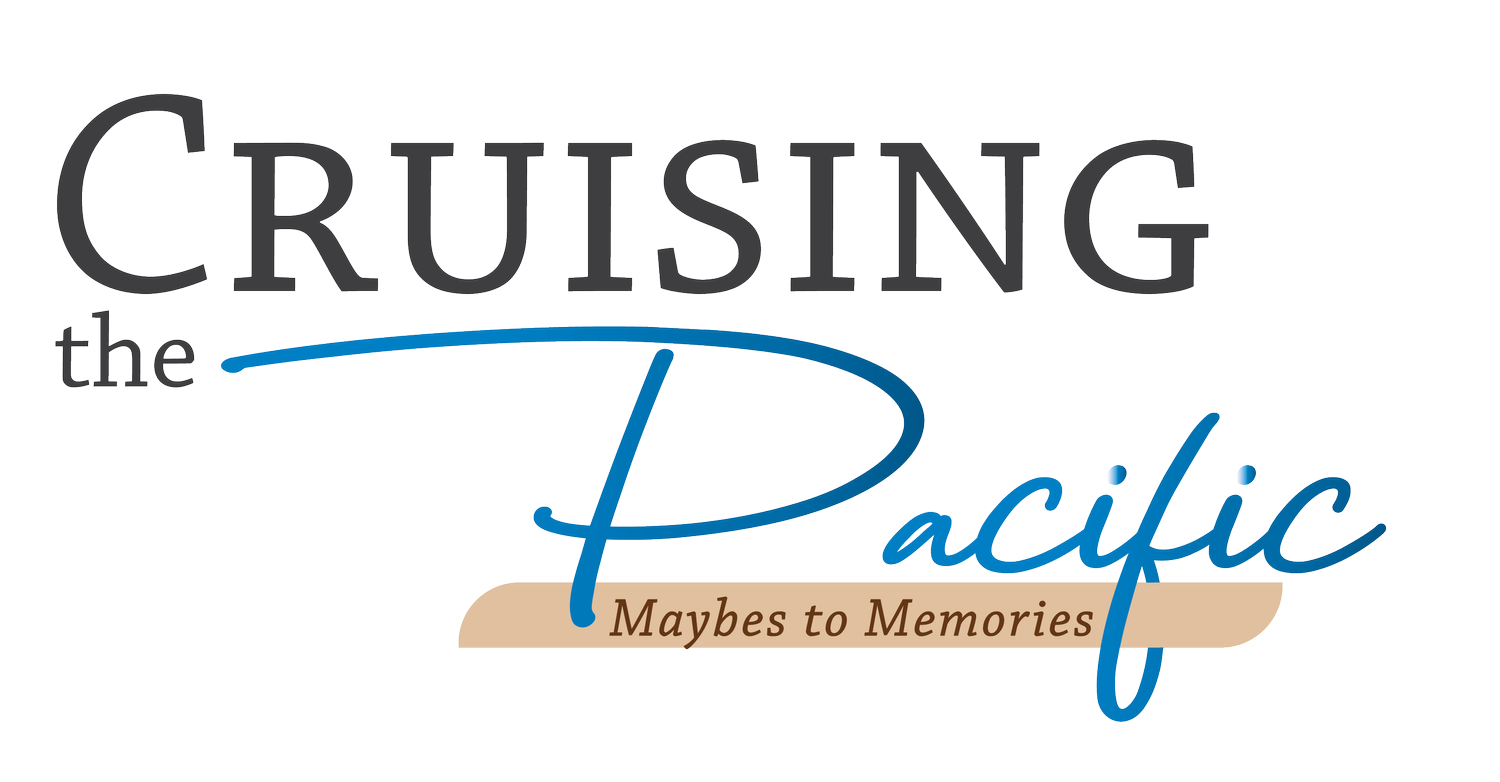Expedition Cruises Unveiled: What You Need to Know Before You Set Sail
Expedition cruises are unlike their ocean and river counterparts. While traditional cruises focus on entertainment, expedition cruises pivot towards education. Onboard, you'll likely have a team of scientists dedicated to research, fostering a culture of learning and exploration. If you're craving in-depth, knowledge-packed experiences, expedition cruising might be your perfect match.
While the Arctic and Galapagos are classic expedition cruise destinations, the popularity of this unique style of travel is gaining popularity. Expect small ships to venture into more remote corners of the world, uncovering hidden gems beyond the tourist hotspots.
Expedition cruise lines are masters at enticing you with dreams of remote adventures and wildlife encounters. But, like any journey, there's more to the story than meets the eye. In this post, I'll reveal the lesser-known aspects of expedition cruising, from mandatory briefings to the realities of wildlife encounters.
Mandatory Briefings
In addition to the muster drill, that’s required before the ship can sail, there will likely be a mandatory briefing the first day. Covered in this meeting are things like the Do’s and Don’ts while at port. They may talk about the importance of keeping your distance from the wildlife, staying on marked trails, and not taking anything from the islands (rocks, feathers etc). If you decide not to attend this briefing, you may not be allowed to leave the ship, when at port.
Flexible Itinerary
Expect the daily itinerary to change. Based on the weather and other factors, where the ship stops is decided day by day. Sea ice may make it unsafe to cross and storms may cause the ship to change course. If there are polar bears near the shore, you may need to wait or not stop at that location. Ships are required to keep a certain distance from whales, so they too may redirect the ship. But rest assured, the crew's enthusiasm for wildlife spotting is infectious, ensuring unforgettable moments on every cruise.
Physical Activity
Ships often don’t dock at a traditional port – even for embarkation and debarkation. Guests mostly use Zodiacs and maybe required to enter/exit by stepping into the water. (Zodiacs are inflatable rafts that hold about 10 people).
The land stops may include walking on uneven ground and walking up steep hills. For instance, the Galapagos has many of the best viewing of animals underwater, so snorkeling is a big part of the experience. While wheelchair users are welcome, the nature of landings may limit their accessibility.
Wildlife Encounters
The promise of close encounters with animals is tantalizing, but wildlife is unpredictable. Regulations dictate safe distances from animals as mentioned previously. The crew will do everything they can to help you see as much wildlife as possible and I suggest taking binoculars.
Onboard Entertainment
If you’ve been on other types of cruises (ocean & river), you may be surprised how different the entertainment is on expedition cruises. Instead of lively, high energy nightly shows, you may have briefings about what may happen the next day and/or recap the current day. Lectures on history, culture and wildlife are also common. There is often live music with dinner and there may be trivia or cooking classes offered.
Long, Active Days
With expeditions limited to around 100 guests on land at a time, your ship may arrive early and stay late to ensure everyone has a chance to explore. Add in the walking, steep and uneven terrain and one can get very tired. Much of the viewing is also done from the ship, so you may be standing for long periods of time. Announcements about wildlife sightings can happen at any hour, so be prepared to adapt.
In the diverse world of travel, expedition cruising stands as a remarkable journey of discovery, where nature is the star, and knowledge is your guide. Whether you choose this path or opt for a different adventure, remember that the world is yours to explore, and I'm here to help you make every moment unforgettable.
Bianca Ramos - Travel Advisor
Click Here to schedule an appointment
Email: info@cruisingthepacific.com
Call: 209-747-4332
I help busy people by curating a vacation they'll love
& remember for a lifetime.
P.S. Looking for affordable, small group Shore Excursions for your upcoming cruise? Click Here




